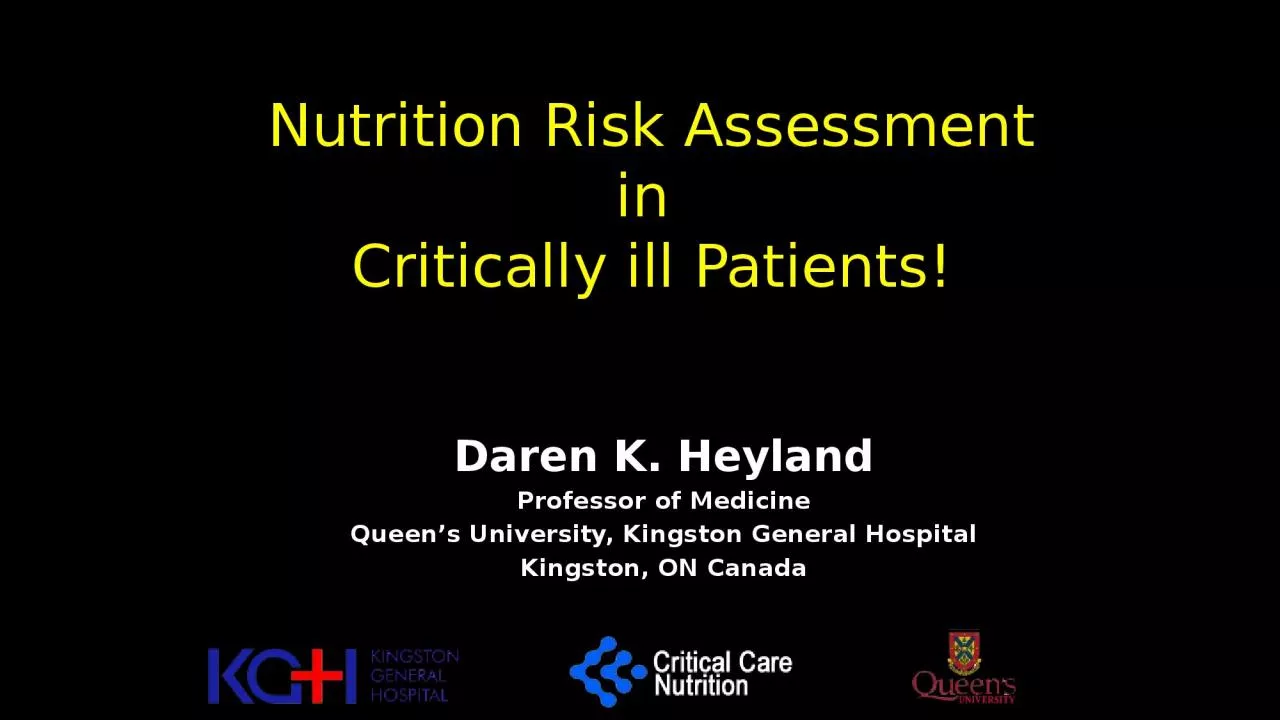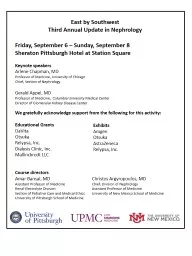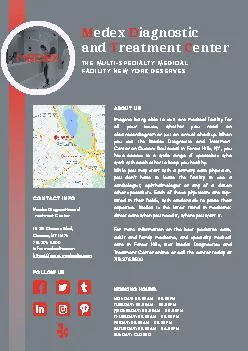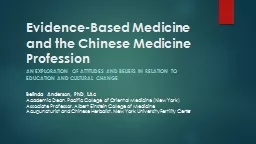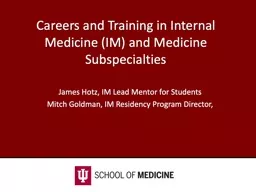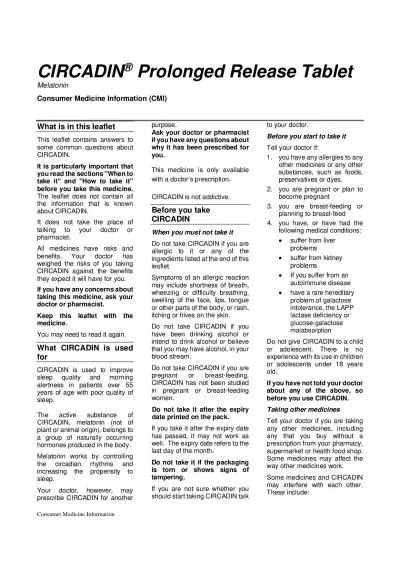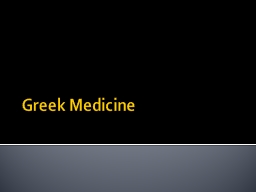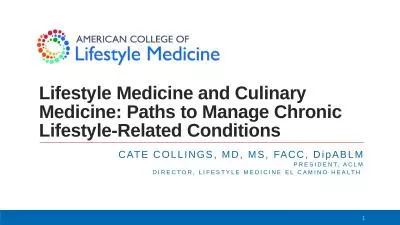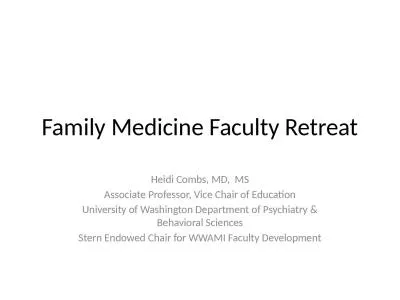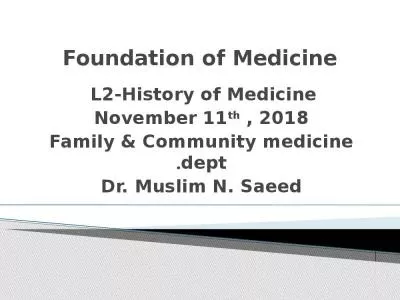PPT-Daren K. Heyland Professor of Medicine
Author : Wildboyz | Published Date : 2022-07-28
Queens University Kingston General Hospital Kingston ON Canada Nutrition Risk Assessment in Critically ill Patients Statements like this are a problem Our results
Presentation Embed Code
Download Presentation
Download Presentation The PPT/PDF document "Daren K. Heyland Professor of Medicine" is the property of its rightful owner. Permission is granted to download and print the materials on this website for personal, non-commercial use only, and to display it on your personal computer provided you do not modify the materials and that you retain all copyright notices contained in the materials. By downloading content from our website, you accept the terms of this agreement.
Daren K. Heyland Professor of Medicine: Transcript
Download Rules Of Document
"Daren K. Heyland Professor of Medicine"The content belongs to its owner. You may download and print it for personal use, without modification, and keep all copyright notices. By downloading, you agree to these terms.
Related Documents

